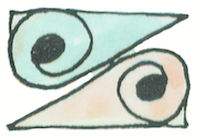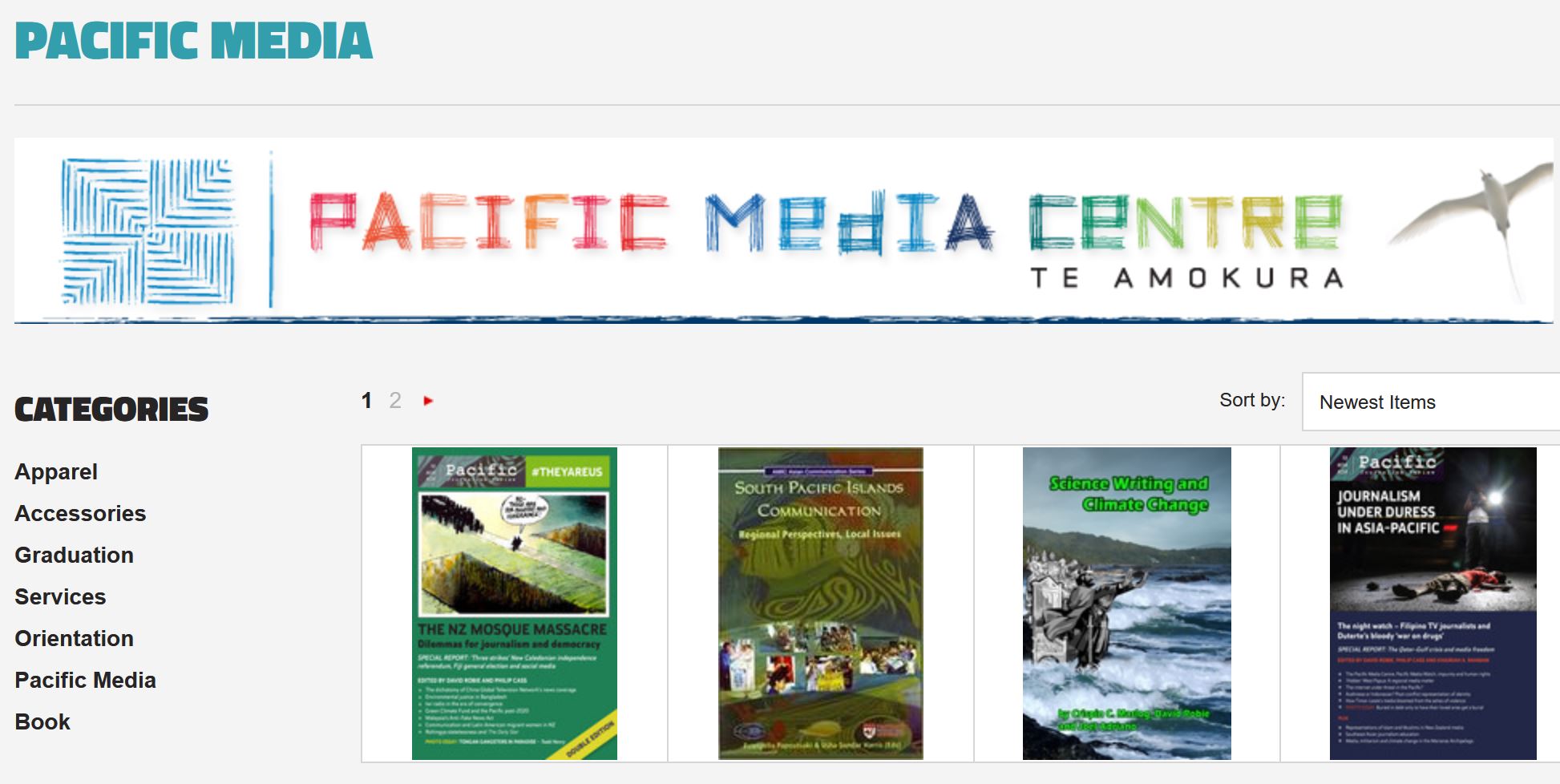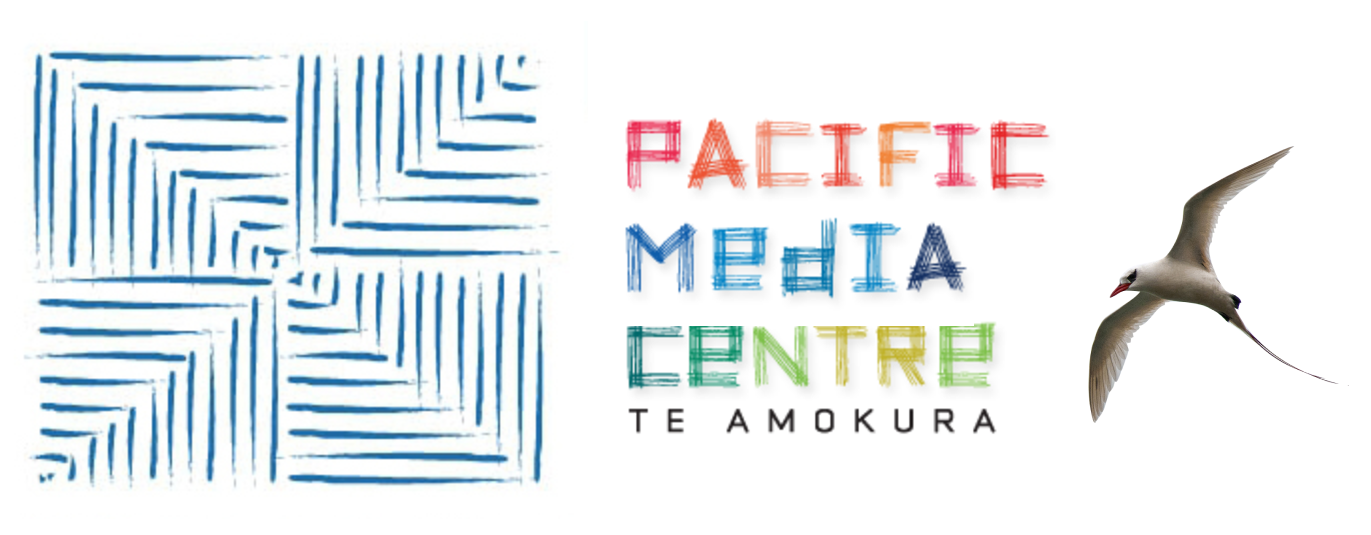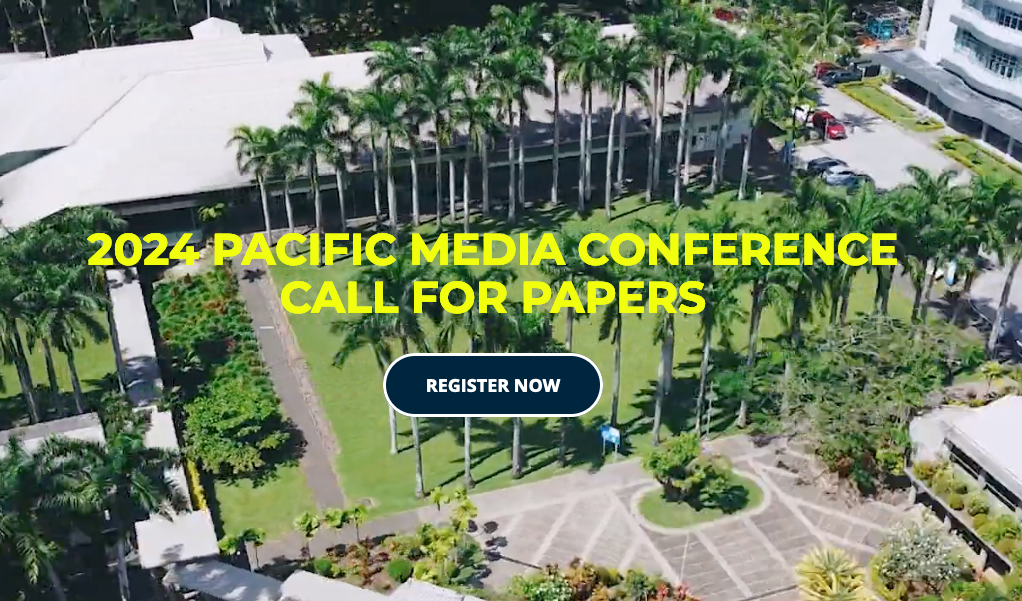Style Guide
Pacific Journalism Review is a peer-reviewed journal covering communication, journalism and media studies in Australia, New Zealand the Asia-Pacific region. Founded at the University of Papua New Guinea in 1994, it is now published by the Asia Pacific Media Network Inc. and has links with the University of the South Pacific. While one objective is research into Pacific journalism theory and practice, the journal has expanded into research and inquiry that reflect the broader impact of contemporary media practice and education.
A particular focus is on the cultural politics of the media, including the following issues – digital media and social movements, indigenous cultures in the age of globalisation, the politics of development, the role of the media and the formation of national identity and the cultural influence of New Zealand as a branch of the global economy within the Asia-Pacific region. It also has a special interest in environmental and development studies and communication – and the vernacular media in the region.
Articles submitted to Pacific Journalism Review should be original contributions and not under consideration for any other publication at the same time. Exceptions should be clearly indicated. If an article is accepted for publication, authors will need to assign copyright to the Asia Pacific Media Network Inc. to enable published articles to be held in the PJR subscription databases.
Articles should be submitted as a “blind” file without identifying details.
The metadata should be completed fully with the article title, abstract (maximum 200 words), keywords, author’s name, brief biographical notes for publication and contact details (including email and mailing address for a copy of the journal).
All articles accepted for consideration by the editors are double blind peer-reviewed. Referee comments and reports are sent to contributors uploaded to the author’s Tuwhera account for PJR.
Authors are responsible for obtaining copyright clearance for any illustrations, tables, figures or other material previously published elsewhere. Preference will be given to articles with fewer than five graphs/tables. Rarely does the journal accept more than five. Photographs and images will be accepted for publication where appropriate and not usually more than three. Authors must supply all graphs/tables/images as independent jpg, tif or pdf files in high resolution format (minimum of 300 dpi).
Authors sign a waiver enabling PJR article to be stored on electronic databases and Open Access.
Main sections:
Research: Academic research and analysis papers (6000 words maximum)
Commentary: Media industry insights, developments and practice (1500-3000 wds)
Frontline: A journalism-as-research section (up to 7000 words combined as an in-depth journalism article and a scholarly exegesis)
Reviews: Books, films, online developments, multimedia (800-1500 wds); Noted section – short reviews (300-350 wds)
Forum: Letters, brief commentaries (up to 800 wds)
Exceptions can be made by the editors as deemed appropriate.
Common style guide:
References and style follow guidelines provided by the American Psychological Association with some slight PJR variations. Body text uses single quotes as the default style. For questions on references and style, consult the following APA 7th guide at AUT University in the first instance: https://aut.ac.nz.libguides.com/APA7th
Other guides: American Psychological Association (2009). Publication manual of the American Psychological Association (6th ed.). Washington, DC: APA. www.apastyle.org
Or The Owl at Purdue APA style guide: http://owl.english.purdue.edu/owl/resource/560/01/
Note that APA style differs from journalistic style in many respects. A custom-designed APA 7th Quick Guide is also helpful as a PJR reference.
In text citations:
(Dadge, 2005, p. 46) or (Morgan & Thomas, 1996, p. 32)
Articles in journals:
Hollings, J., Lealand, G., Samson, A., & Tilley, E. (2007). The big NZ journalism survey: Underpaid, under-trained, under-resourced, unsure about the future – but still idealistic. Pacific Journalism Review : Te Koakoa, 13(2), 175-197. https://doi.org/10.24135/pjr.v13i2.908
Chapters in books:
Berkowitz, D. A. (2009). Reporters and their sources. In K. Wahl-Jorgensen and T. Hanitzsch (Eds.), The handbook of journalism studies (pp. 102-115). Routledge.
Books:
Pilger, J.(2006). Freedom next time. Bantam.
Newspapers and Magazines:
Davis, G. (2008, March 4). Wrong man for the wrong job. The Fiji Times, p. 9.
Online sources:
Coronel, S. S. (2022). Marcos, martial law and memory: The past in our future in the Philippines. Pacific Journalism Review : Te Koakoa, 28(1 & 2), 54-66. https://doi.org/10.24135/pjr.v28i1and2.1239
Ratuva, S. (2022, January 4). What an election in Fiji — some reflections, lessons. Asia Pacific Report. https://asiapacificreport.nz/2023/01/04/steven-ratuva-what-an-election-some-reflections-lessons/
A sample PJR article, showing style for the abstract, author, affiliation and biog notes.
https://ojs.aut.ac.nz/pacific-journalism-review/article/view/1072/1335











